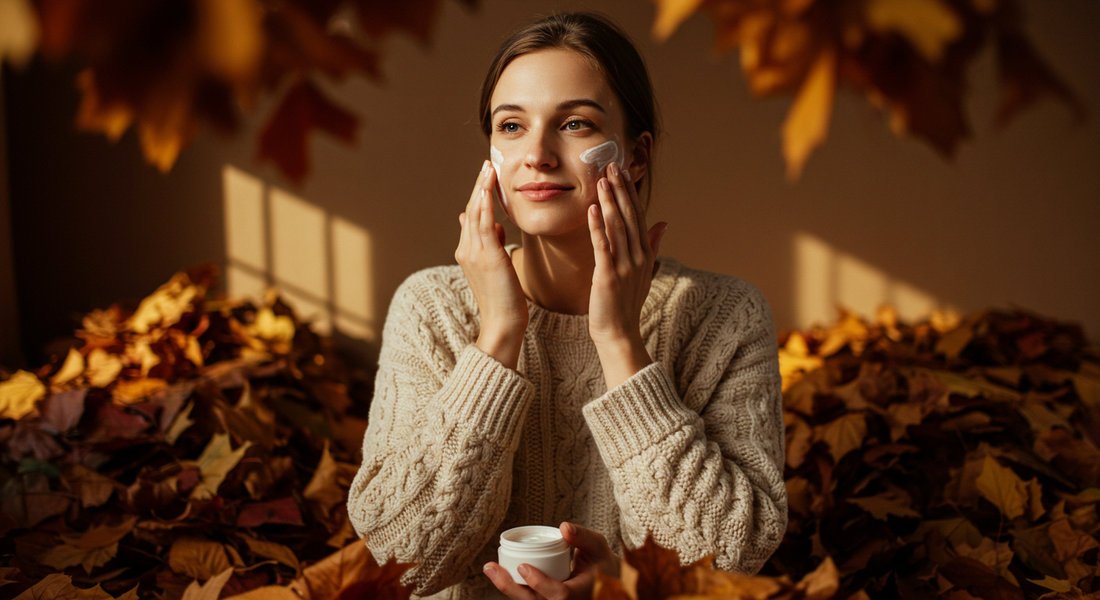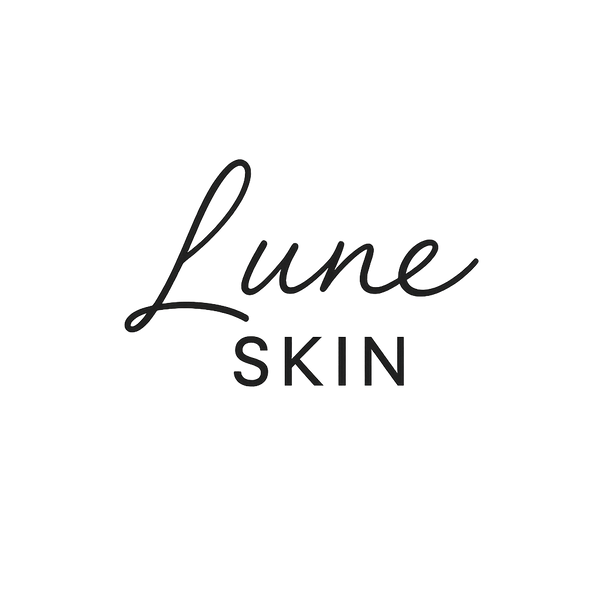
Seasonal Skincare Switch: How to Transition Your Routine from Summer to Fall
Share
Introduction
As the days grow shorter and the air turns crisp, your skin begins to notice the change before you do. Shifting from summer to fall isn’t just about swapping out wardrobes—it’s also about adjusting your skincare to match the season’s unique demands. Cooler temperatures, lower humidity, and indoor heating can challenge the skin’s moisture balance and barrier integrity.
In this post, Lune Skin guides you through the essential steps and ingredient upgrades that will help you move seamlessly into fall with healthy, resilient skin.
Why Your Skin Needs a Seasonal Switch
Seasonal changes affect your skin’s behavior. In summer, higher humidity and sun exposure can lead to increased oil production, sweat, and the need for lightweight, breathable skincare. Come fall, the climate becomes drier, temperatures drop, and your skin tends to lose moisture more easily. This shift calls for richer hydration, barrier protection, and gentler actives.
Failing to transition your skincare can result in:
- Flaky or rough texture
- Unexpected breakouts
- Heightened sensitivity
- Redness and tightness
- Dull or uneven tone
Prevention is better than repair—now is the time to recalibrate your routine.
Key Skincare Adjustments for Fall
1. Switch to a Creamier Cleanser
Light gel cleansers are great for summer but can feel stripping in cooler weather. For fall, opt for a cream or milk-based cleanser that removes impurities without disrupting your skin’s natural oils.
Look for formulas that include soothing ingredients like oat extract, glycerin, or squalane to maintain moisture during cleansing.
2. Bring in a Hydrating Toner or Essence
A hydrating toner helps replenish moisture lost after cleansing and prepares the skin for better absorption of subsequent products. Choose alcohol-free toners that contain humectants such as hyaluronic acid, panthenol, or aloe vera.
An essence can also be layered in for deeper hydration and skin-plumping effects.
3. Upgrade to a Richer Moisturizer
As the air becomes drier, your moisturizer should become thicker. Transition from gel or lotion textures to creamier, more occlusive formulas that seal in hydration and reinforce your skin barrier.
Key ingredients to look for:
- Ceramides
- Fatty acids
- Cholesterol
- Shea butter
Apply generously, especially at night when the skin naturally loses more water.
4. Layer Hydration Strategically
Fall is the season to embrace layering. A good rule of thumb is: thinnest to thickest. Start with hydrating serums, follow with moisturizers, and seal everything in with a nourishing oil if needed. Layering ensures each product delivers its benefits without overwhelming the skin.
Hyaluronic acid and beta-glucan serums are great first layers, while facial oils with jojoba or squalane can lock in moisture.
5. Exfoliate Less Frequently—but Consistently
Exfoliation is still important in fall to remove dry, dead skin cells and promote a radiant complexion. However, the skin tends to be more sensitive in drier weather, so reduce frequency to 1–2 times per week.
Choose gentle chemical exfoliants (like lactic acid or mandelic acid) over harsh scrubs to avoid barrier damage.
Extra Protection for Vulnerable Areas
Your lips, hands, and eye area are often the first to feel the effects of colder air.
- Lips: Switch to thicker balms with occlusive ingredients like lanolin or castor oil.
- Hands: Keep a nourishing hand cream on you and reapply throughout the day.
- Eyes: Use a hydrating eye cream to prevent fine lines from becoming more pronounced.
Don’t Retire Your SPF
Just because the sun feels less intense doesn’t mean UV damage stops. UVA rays are present year-round and contribute to aging, pigmentation, and inflammation. Continue applying a broad-spectrum SPF 30 or higher every morning—especially if you use exfoliants or retinoids.
Introduce Barrier-Repairing Ingredients
Fall is the perfect time to invest in your skin barrier. Ingredients like ceramides, niacinamide, and panthenol strengthen the outermost layer of your skin, increasing its resistance to irritation and dryness.
These ingredients can be found in moisturizers, serums, or masks and are particularly beneficial for those with sensitive or combination skin types adjusting to seasonal change.
Update Your Evening Routine
Your nighttime skincare can afford to be more restorative in the fall. As your skin works to repair itself during sleep, support it with nourishing layers.
Recommended Fall PM Routine:
- Cream-based cleanser
- Hydrating toner
- Barrier serum with ceramides or peptides
- Rich night cream
- Optional: squalane oil or sleeping mask for dry skin
Fall Skin Myths—Debunked
-
Myth: "Dry skin is just part of colder weather."
Reality: Dryness can be avoided with the right moisturizing ingredients and barrier care. -
Myth: "You don’t need SPF in fall."
Reality: UV rays penetrate clouds and glass—daily SPF is still essential. -
Myth: "More layers mean better hydration."
Reality: Layer strategically, but using too many actives can lead to irritation.
Lune Skin’s Approach to Seasonal Skincare
At Lune Skin, we design products with seasonal transitions in mind. Our formulas are gentle yet effective—perfect for building resilience as your skin adjusts to changing temperatures. With rich textures, nourishing actives, and clean ingredients, we make it easy to shift your routine without the guesswork.
Whether you're reaching for a replenishing night cream or a hydrating toner, our products are crafted to deliver visible results while supporting long-term skin health.
Conclusion
Transitioning your skincare routine from summer to fall doesn’t have to be complicated. A few thoughtful changes—like switching to a richer moisturizer, reducing exfoliation, and focusing on barrier repair—can make all the difference in how your skin looks and feels.
With Lune Skin, you have the support of gentle, seasonal-ready skincare that evolves with you. Embrace the shift, nourish your skin, and let your glow continue well into the colder months.
